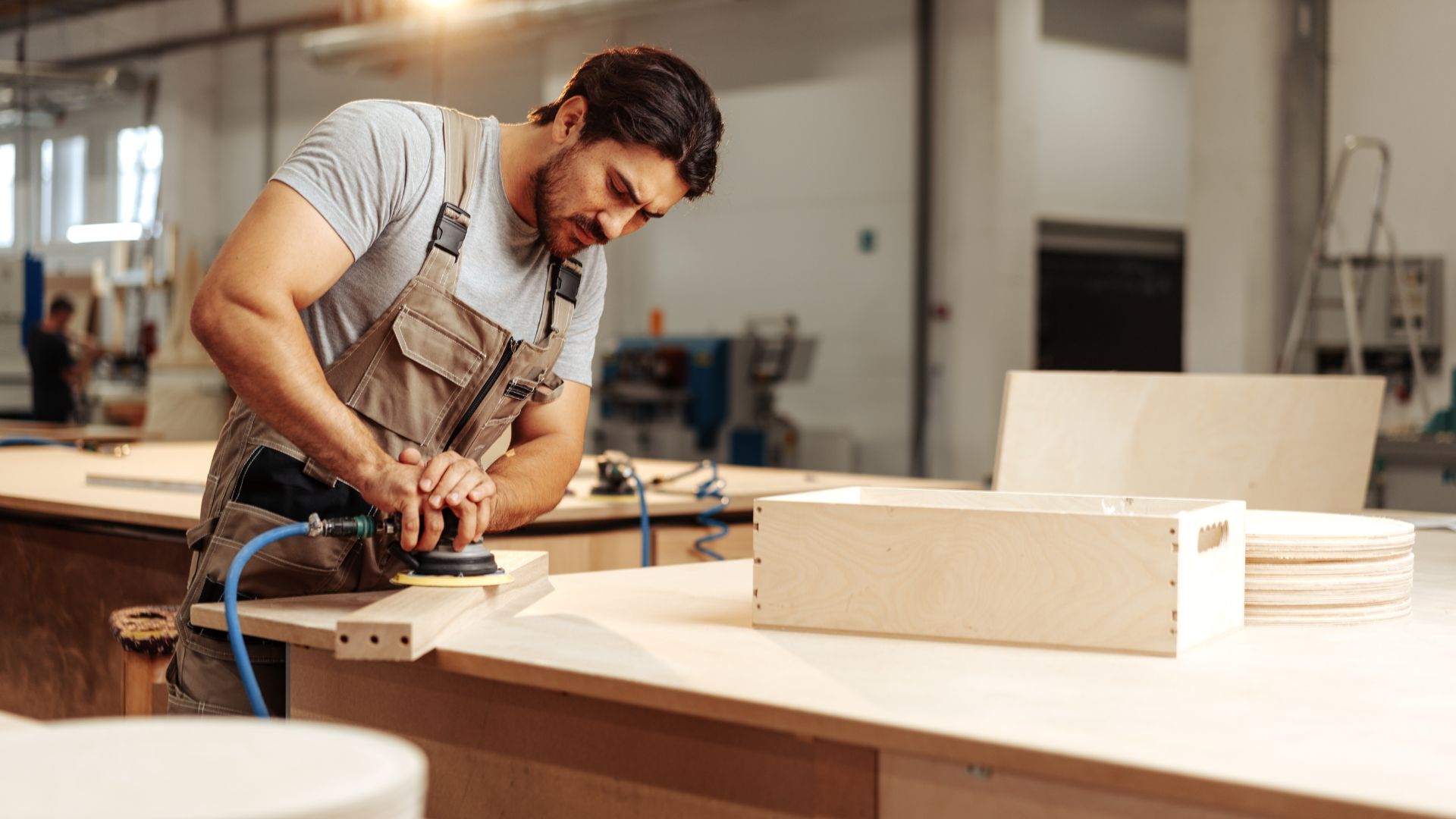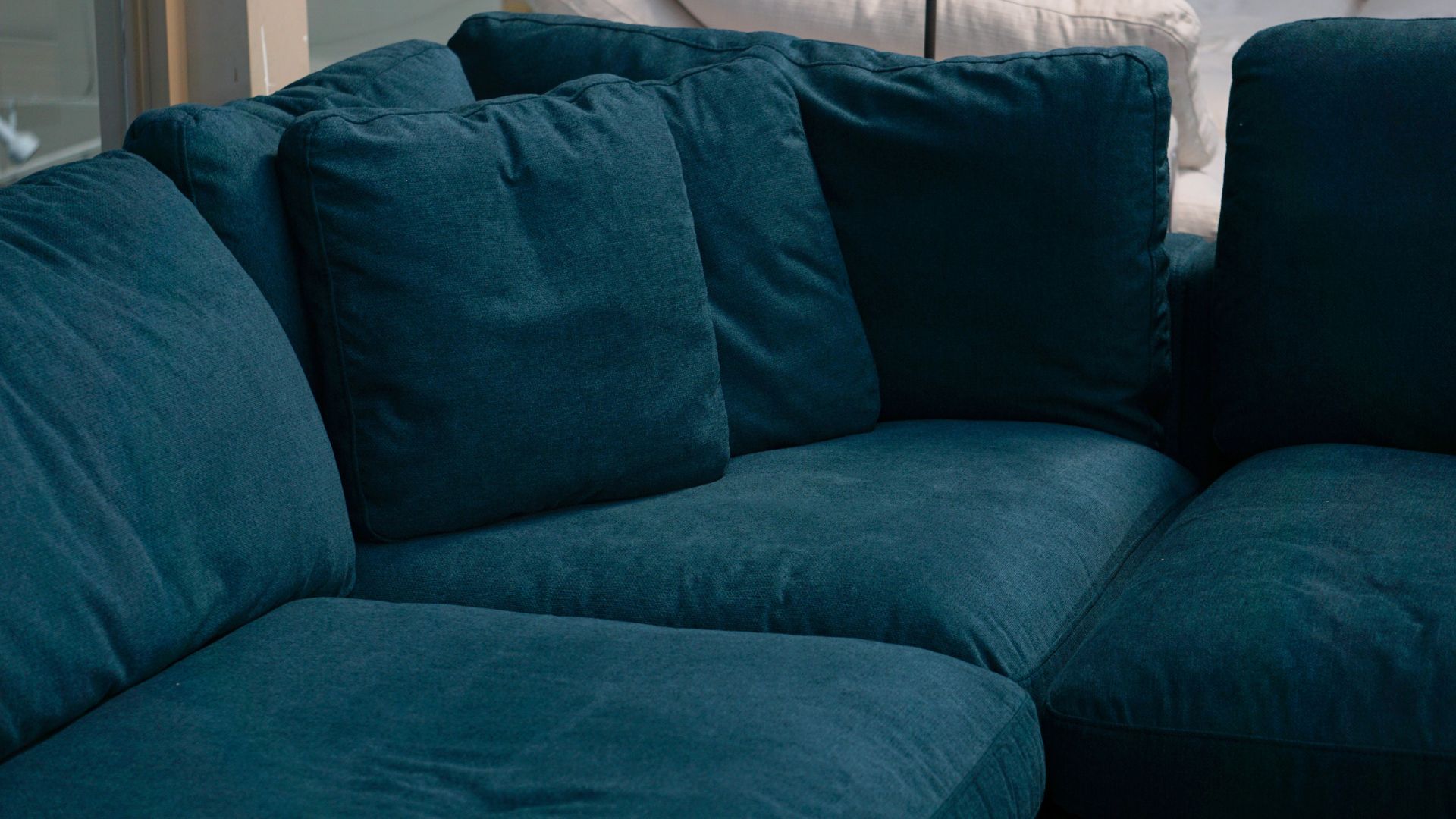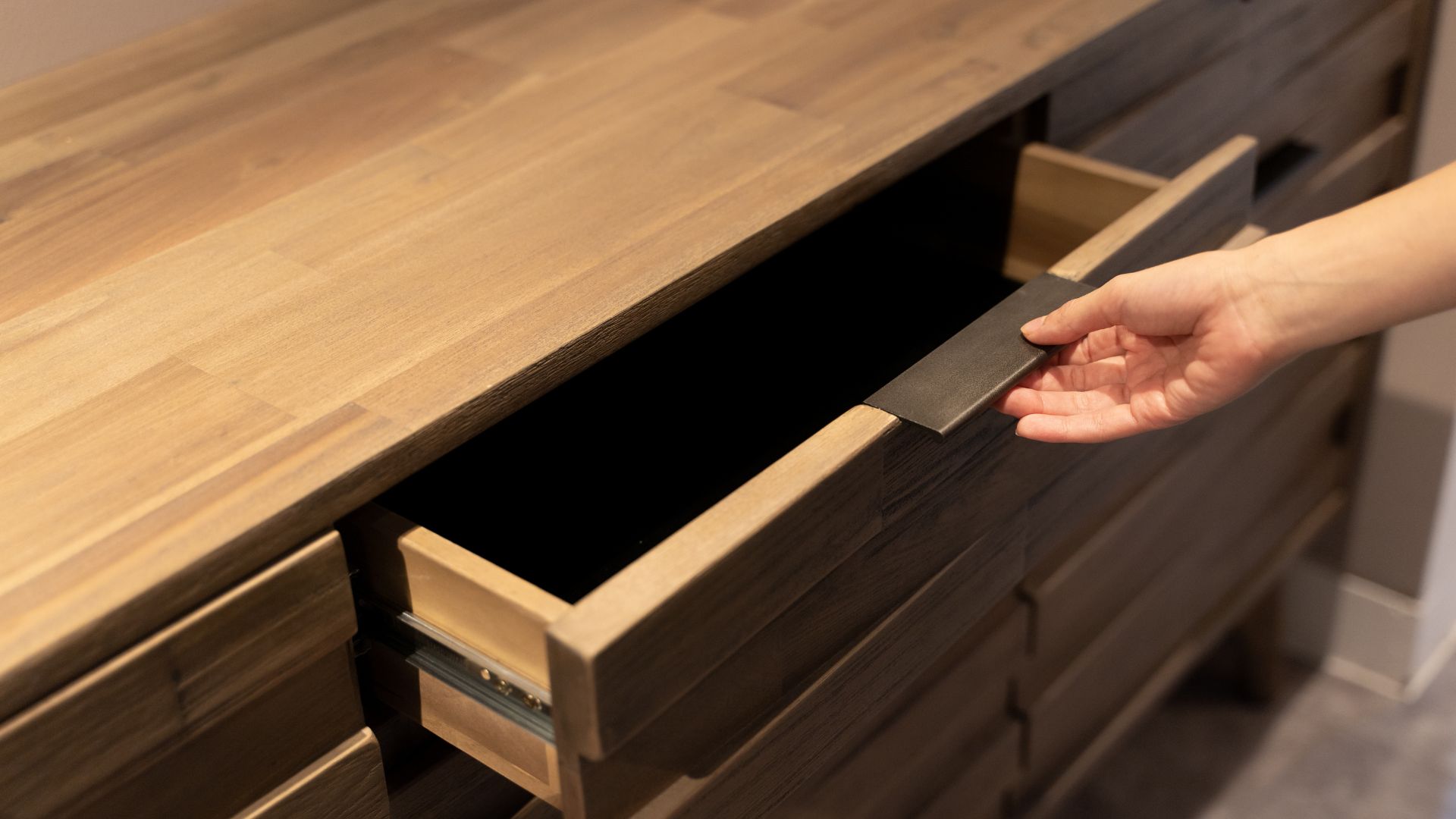How to Spot Quality Furniture: A Comprehensive Guide

Investing in quality furniture is essential for creating a beautiful and lasting home. But with so many options available, how do you ensure you’re making a wise investment? Here’s a comprehensive guide on how to spot quality furniture that will stand the test of time and elevate your living space.
1. Examine the Materials
The materials used in furniture construction greatly influence its quality and durability. Here are key materials to look for:
Solid Wood
Quality furniture is often made from solid hardwoods like oak, cherry, maple, or walnut. These woods are sturdy and age beautifully. Avoid particleboard or MDF, which can warp and degrade over time.
Natural Fabrics:
When it comes to upholstery, choose natural fabrics like cotton, linen, or leather over synthetic options. Natural materials are more durable and breathable.
Metal Components:
For metal furniture, look for sturdy materials like stainless steel or wrought iron, which offer durability and resistance to rust and corrosion.
2. Check the Construction
The construction methods used in furniture manufacturing are vital indicators of quality. Here’s what to look for:
Joinery:
Inspect the joints where pieces are connected. High-quality furniture uses techniques such as dovetail, mortise-and-tenon, or dowel joints, which are more durable than simple staples or glue.
Frame Stability:
Gently shake the furniture to check for stability. A well-constructed frame should feel solid without any wobbling or creaking.
Weight:
Heavier pieces are often made from solid materials and indicate sturdiness. Lightweight furniture may be flimsy and less durable.

3. Assess the Finishes
Quality finishes not only enhance the look of furniture but also protect it. Here’s what to look for:
Smooth Surfaces:
The finish should be smooth and even, free from bubbles, drips, or rough patches. This indicates a high level of craftsmanship.
Durable Coatings:
Look for furniture with high-quality finishes, such as lacquer or varnish, that provide protection against scratches and wear.
Consistent Color:
Check that the color is consistent throughout the piece, which suggests careful application and high-quality materials.
4. Inspect the Cushions and Upholstery
For upholstered furniture, the quality of the cushions and fabric is crucial for comfort and longevity:
Cushion Quality:
High-density foam or down-wrapped cushions provide better support and comfort. Avoid flimsy or overly soft cushions that may flatten quickly.
Fabric Durability:
Check for upholstery with a high thread count or durable weaves. Fabrics like microfiber or treated cotton are often more resilient.
Seam Integrity:
Inspect the seams for even stitching and strong reinforcement. Loose threads or uneven seams can indicate poor quality.

5. Look for Brand Reputation
Researching the brand can give you valuable insight into the quality of the furniture:
Established Brands:
Look for brands known for their craftsmanship and longevity in the market. Established brands often have a reputation to uphold and maintain quality standards.
Customer Reviews:
Read reviews and testimonials from other customers. This can provide real-life insights into the durability and quality of the furniture.
6. Consider Warranty and Return Policies
A strong warranty or return policy can be a good indicator of quality:
Length of Warranty:
Brands that offer extended warranties often have confidence in the durability of their products. Look for warranties that cover both structural integrity and upholstery.
Return Policy:
A favorable return policy allows you to test the furniture and ensures the brand stands behind its products.
7. Examine the Details
The little details can reveal a lot about the quality of furniture:
Hardware Quality:
Check the hardware, such as knobs, handles, and hinges. High-quality furniture uses sturdy metal hardware rather than cheap plastic.
Finishing Touches:
Look for small design elements like decorative trims or thoughtful features (e.g., built-in storage) that enhance functionality and aesthetic appeal.

8. Ask the Right Questions
When shopping, don’t hesitate to ask questions about the furniture’s construction and materials:
“What materials are used?”
“How is the furniture constructed?”
“Is it made in-house or outsourced?”
“What type of warranty do you offer?”
Conclusion
Spotting quality furniture requires a keen eye and understanding of what to look for. By examining materials, construction methods, finishes, and brand reputation, you can make informed decisions that will pay off in the long run. Investing in quality furniture not only enhances your home’s aesthetic but also ensures durability and comfort for years to come. Happy furniture hunting!
